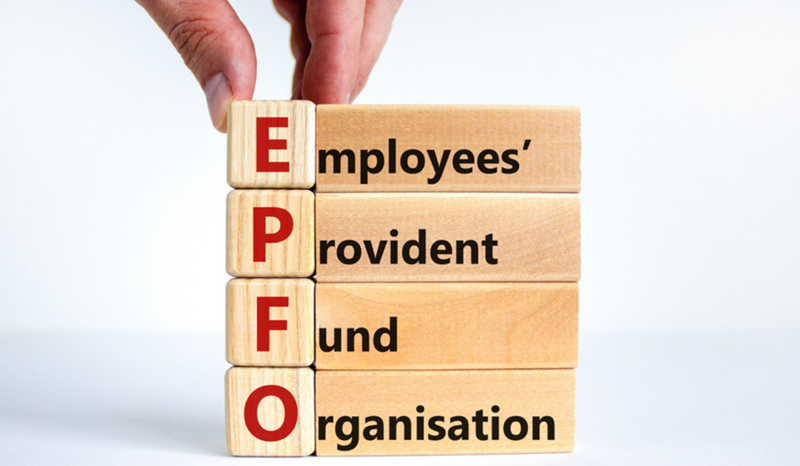
If you are employed, every month 12 percent of your salary is deducted and goes to the Employees Provident Fund Organization (EPFO). The same amount is also deposited in the account by the employer. Out of the employer's 12 percent contribution, only 3.67 percent is deposited in the EPF account. The remaining 8.33 percent is deposited in the EPS account. Whether you have worked for 6 months or 15 years, you can withdraw EPF money whenever you want under the rules, but this is not the case with EPS. For this, you should understand the rules related to EPS withdrawal.
If you have worked for less than 6 months, you cannot withdraw money
According to the rule, if you have worked for less than 6 months, then you cannot withdraw pension money. To withdraw this money, a contribution to the EPS account for more than 6 months is necessary. On the other hand, if you have worked for 10 years or more or more than 9 years and 6 months, then also you cannot withdraw EPS money. If you have contributed for more than 10 years, you become entitled to receive a pension from EPFO. In such a situation, you can take a pension from EPFO at the age of 50 to 58 years.
If the job is more than 6 months and less than 10 years…
If you have worked for less than 9 years and 6 months and do not have any intention of working further, then you are not entitled to take a pension from EPFO. In this situation, you can make a full and final settlement with the amount of EPF and EPS. After this, your account is completely closed by EPFO.

How to claim EPS money
If the employee's job tenure is not 10 years he can withdraw the money deposited in EPS at the same time while making a full and final settlement of his EPF. In such a case, he has to fill out Form 10C. On the other hand, to get pension benefits after retirement, he has to fill out Form 10D. Apart from this, in any other situation also, if the person is entitled to get a pension from EPFO, then he will have to fill out Form 10D.
PC Social media










